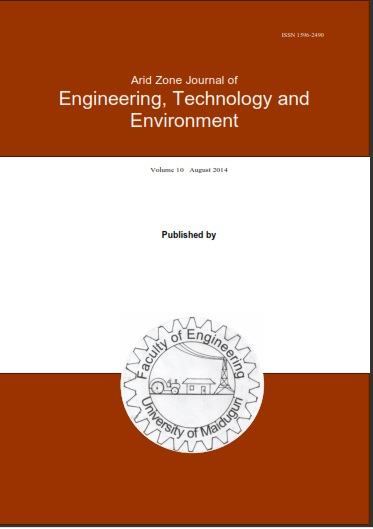Abstract
This research was conducted to study the effect of harrowing depth, speed and effective cutting width on fuel consumption rate of a tine harrow on clay loam soil in Abia state to aid farmers to examine and choose the right harrowing implement based on the soil type for an effective and munificent production. The operational speed, effective working width and cutting depth were taken as factors for the study of the fuel consumption rate. The results revealed that the highest fuel consumption rate of 7.5l/ha was noted when the harrow worked at the cutting depth of 10 cm and a speed of 6 km·h–1 and width of 180cm (when working at full width) while the lowest fuel consumption rate of 6.5l/ha was achieved at a speed of 6 km·h–1, working width of 120cm and a cutting depth of 5 cm. The quadratic model was significant for the response (P < 0.05). The results indicated that the coefficient of determination (R2) was 0.98, which specified the high correlation among the factors. The predicted R² (0.97) was consistent with the adjusted R² of 0.95. The adequacy precision of 31.000 showed a suitable indicator and that the model could navigate the design space. The optimization process with the optimal operating factor of operational speed of 6.15 km/hr, working width of 180cm and tillage depth of 30cm and the optimum fuel consumption rate and the desirability of 7.17 l/ha and 0.697 were respectively obtained.

This work is licensed under a Creative Commons Attribution-NonCommercial-NoDerivatives 4.0 International License.
Copyright (c) 2024 Arid Zone Journal of Engineering, Technology and Environment published by University of Maiduguri, Nigeria

